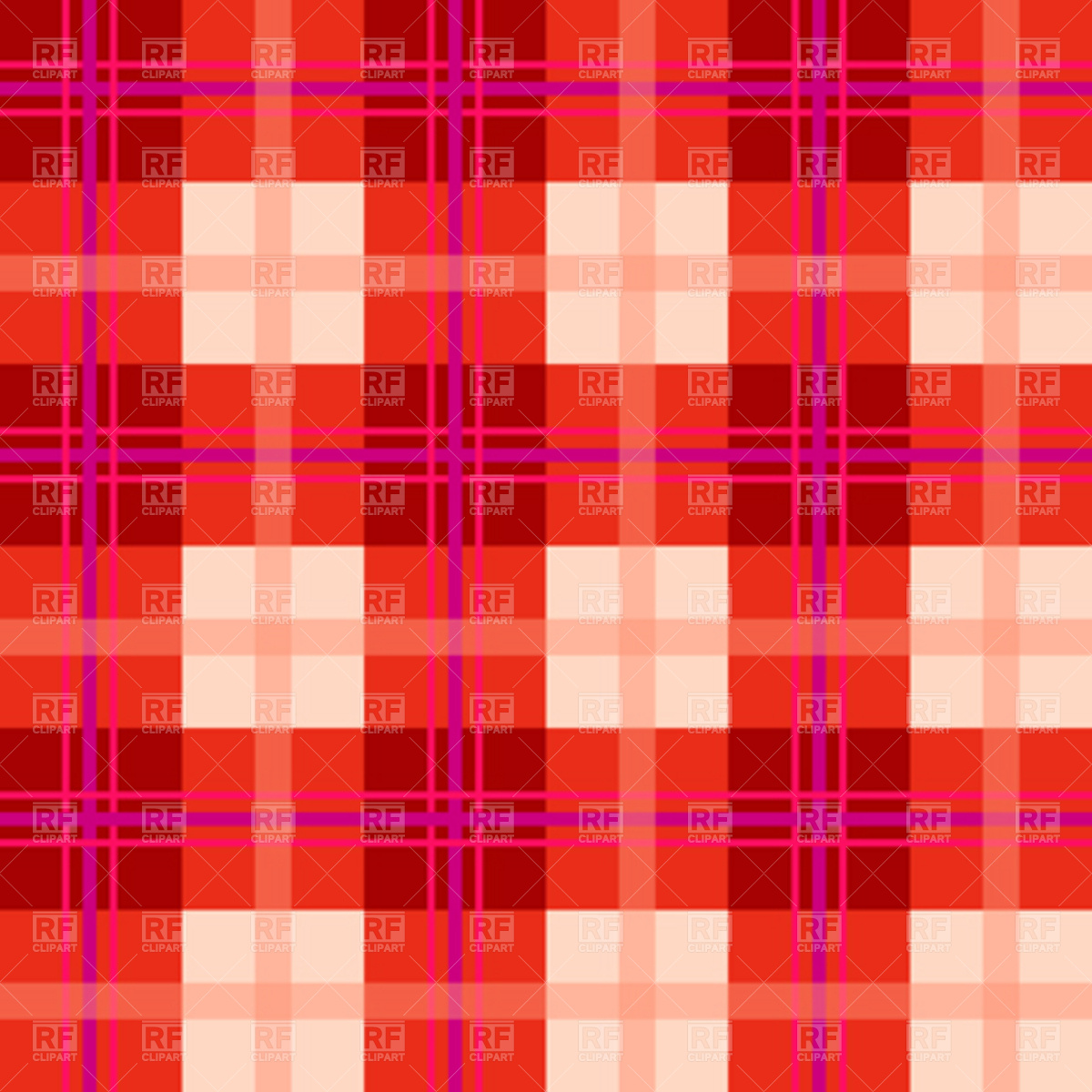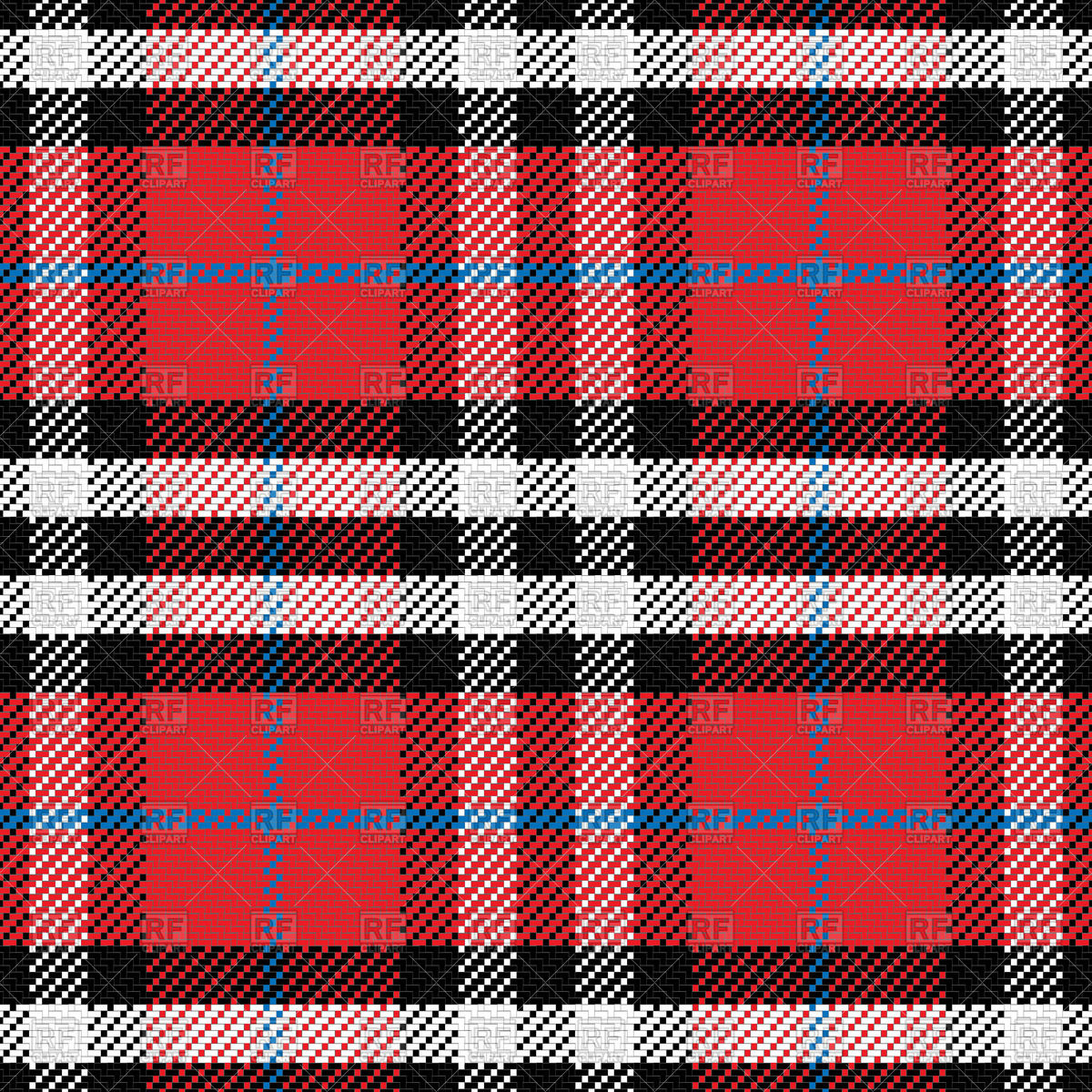So here we are, diving into a topic that’s got layers upon layers of depth and meaning. God's plaid—yeah, you read that right—is more than just a catchy phrase or a quirky concept. It’s a symbol, a metaphor, and an idea that resonates deeply within religious and cultural circles. Think about it like this: plaid is intricate, colorful, and perfectly woven together. And just like plaid, faith and culture intertwine in ways that create something truly breathtaking. Stick around because this journey is going to be eye-opening.
Now, if you’re scratching your head wondering what exactly God's plaid is, don’t worry—you’re not alone. This term has been making waves in theological discussions, art, and even fashion. But it’s not just about aesthetics or symbolism. It’s about understanding how faith can be expressed through patterns, textures, and the rich tapestry of human experience. Sounds heavy? Don’t sweat it. We’re breaking it down for you step by step.
Before we dive deep into the nitty-gritty, let’s set the stage. Imagine plaid as a representation of God’s design—a pattern so complex yet harmonious that it reflects the beauty of creation itself. That’s what we’re unpacking today: the intersection of faith, culture, and symbolism wrapped up in the idea of God's plaid. Ready? Let’s go!
- Crash H1 The Ultimate Guide To Understanding And Mastering Highimpact Crashes
- Itsleana Onlyfans The Rise Of A Digital Sensation
What Exactly is God's Plaid?
Alright, let’s get real. God's plaid isn’t some ancient artifact or a biblical commandment. Instead, it’s a modern interpretation of how God’s presence can be seen in the everyday patterns of life. Think of plaid as a metaphor for the way God weaves together different threads—people, events, cultures—to form a masterpiece. It’s a concept that’s both simple and profound, depending on how you look at it.
In its essence, God's plaid speaks to the idea of unity in diversity. Just like plaid combines various colors and lines to create a cohesive pattern, faith brings together individuals from all walks of life to form a community. It’s about recognizing the beauty in differences while celebrating the common thread that ties us all together.
Historical Roots of God's Plaid
While God's plaid might sound like a new-age concept, its roots run deep. Historically, plaid has been associated with Scottish culture, where clans used specific patterns to identify themselves. But when you bring faith into the mix, the story gets even more interesting. Religious leaders and scholars have long used patterns and symbols to convey spiritual truths, and plaid is no exception.
Throughout history, religious texts and traditions have emphasized the importance of patterns in understanding God’s plan. From the intricate designs of Persian rugs to the geometric patterns in Islamic art, cultures around the world have found ways to express their faith through visual representations. God's plaid is simply another layer in this rich tradition.
Plaid in Religious Symbolism
Let’s zoom in on the symbolic significance of plaid in a religious context. Plaid, with its intersecting lines and colors, mirrors the complexity of faith. It reminds us that life isn’t always straightforward or predictable. Instead, it’s a beautiful mess of highs and lows, triumphs and struggles, all woven together by a divine hand.
Consider this: each thread in a plaid pattern represents a different aspect of life—family, community, faith, and individuality. Together, they form a tapestry that’s stronger and more vibrant than any single thread alone. That’s the essence of God's plaid: the idea that we’re all part of something greater than ourselves.
God's Plaid in Modern Culture
Fast forward to today, and God's plaid has become a buzzword in contemporary culture. From fashion designers incorporating plaid into their collections to artists using it as a canvas for spiritual expression, the concept has taken on new meanings. But what does this mean for faith and spirituality?
For many, God's plaid serves as a reminder that faith isn’t static. It evolves and adapts to the times, much like the patterns we see in nature. Whether it’s through music, art, or even social media, people are finding creative ways to express their faith in the language of plaid.
Plaid as a Fashion Statement
Now, let’s talk fashion because, hey, it’s part of the conversation too. Plaid has been a staple in the fashion world for decades, but when you add the element of faith, it takes on a whole new dimension. Think of it like this: wearing plaid isn’t just about staying stylish—it’s about making a statement. It’s about saying, “I believe in a God who sees the beauty in complexity.”
Designers are catching on to this trend, incorporating God's plaid into everything from casual wear to high-end fashion. And it’s not just about the clothes—it’s about the message they carry. When you wear plaid with purpose, you’re participating in a global conversation about faith, identity, and creativity.
The Science Behind Patterns
But wait, there’s more. Did you know that there’s actual science behind why we’re drawn to patterns like plaid? Our brains are wired to recognize and interpret patterns as a way of making sense of the world. It’s why we see shapes in clouds or hear melodies in the rustling of leaves. Patterns give us a sense of order in an otherwise chaotic universe.
When it comes to God's plaid, this scientific perspective adds another layer of depth. It suggests that our attraction to plaid isn’t just cultural or aesthetic—it’s deeply rooted in our biology. It’s a reminder that God’s design is written into the very fabric of our existence.
Patterns in Nature
Nature is full of patterns, from the spirals of a seashell to the veins of a leaf. These patterns aren’t random—they’re carefully crafted by a divine hand. And when we see them, they remind us of the intricate beauty of creation. God's plaid is a way of recognizing this beauty and finding meaning in it.
So the next time you’re out for a walk and you spot a plaid-like pattern in the bark of a tree or the ripples of a river, take a moment to appreciate it. It’s not just a coincidence—it’s a glimpse into the mind of the Creator.
Theological Implications of God's Plaid
Now, let’s get theological. What does God's plaid mean for our understanding of faith? At its core, it challenges us to think beyond the surface level. It invites us to see faith not as a rigid set of rules but as a dynamic, ever-changing tapestry that reflects the diversity of humanity.
In many religious traditions, patterns are used to convey spiritual truths. For example, the labyrinth is a common symbol in Christian worship, representing the journey of faith. Similarly, God's plaid can be seen as a metaphor for the twists and turns of life, reminding us that even in chaos, there is purpose.
Unity in Diversity
One of the most powerful aspects of God's plaid is its emphasis on unity in diversity. In a world that often feels divided, this concept offers a message of hope and reconciliation. It reminds us that we don’t have to be the same to be connected. Instead, our differences can be celebrated as part of a larger, more beautiful pattern.
This idea is especially relevant in today’s globalized society, where people from different cultures and backgrounds come together to form new communities. God's plaid is a call to embrace these differences and see them as gifts rather than obstacles.
Practical Applications of God's Plaid
So how can you apply the concept of God's plaid to your everyday life? Whether you’re a person of faith or just someone who appreciates the beauty of patterns, there are plenty of ways to incorporate this idea into your routine.
- Start with Gratitude: Take time each day to reflect on the patterns in your life—the relationships, experiences, and moments that make up your story.
- Embrace Diversity: Seek out opportunities to connect with people from different backgrounds and learn from their perspectives.
- Create Your Own Plaid: Whether it’s through art, music, or writing, find ways to express your faith and creativity through patterns.
Challenges and Criticisms
Of course, no concept is without its challenges. Some critics argue that God's plaid oversimplifies the complexity of faith. Others worry that it reduces spirituality to a mere aesthetic. But here’s the thing: these criticisms don’t have to be seen as threats. Instead, they can be opportunities for deeper reflection and dialogue.
At the end of the day, God's plaid is just one way of understanding the world. It’s not the only way, nor is it the final word. But it’s a conversation starter—a way of inviting people to think differently about faith and culture.
Addressing Skepticism
For those who are skeptical of God's plaid, it’s important to remember that symbolism is subjective. What resonates with one person may not resonate with another. And that’s okay. The beauty of faith lies in its ability to speak to each of us in unique ways.
So if plaid isn’t your thing, that’s fine. Maybe your tapestry looks more like stripes or polka dots. The point is to find the pattern that speaks to you and use it as a tool for growth and connection.
Conclusion
As we wrap up this exploration of God's plaid, let’s take a moment to reflect on what we’ve learned. This concept isn’t just about patterns or aesthetics—it’s about understanding the beauty of diversity and the power of unity. It’s about recognizing that God’s design is written into every aspect of our lives, from the colors we wear to the communities we build.
So here’s the call to action: go out there and start weaving your own plaid. Whether it’s through acts of kindness, creative expression, or simply being present for others, you have the power to add your thread to the tapestry of life. And who knows? Maybe your plaid will inspire someone else to see the world in a new way.
Before you go, drop a comment below and let us know what God's plaid means to you. Or better yet, share this article with a friend and keep the conversation going. Because at the end of the day, it’s all about connection—and that’s something we can all get behind.
Table of Contents
- What Exactly is God's Plaid?
- Historical Roots of God's Plaid
- God's Plaid in Modern Culture
- The Science Behind Patterns
- Theological Implications of God's Plaid
- Practical Applications of God's Plaid
- Challenges and Criticisms
- Conclusion



Detail Author:
- Name : Prof. Maximillian Waelchi
- Username : chad.batz
- Email : merritt.bashirian@yahoo.com
- Birthdate : 1971-07-28
- Address : 23135 Turcotte Brooks West Edmondland, IN 08868-1905
- Phone : +1-713-482-3554
- Company : Schamberger-Larkin
- Job : Brokerage Clerk
- Bio : Eligendi sed cumque omnis. Qui doloribus et harum vel totam voluptatem iure. Nemo incidunt qui vitae. Aliquid nihil perferendis sed qui officiis dolorem reiciendis ipsa.
Socials
twitter:
- url : https://twitter.com/tomasa_huels
- username : tomasa_huels
- bio : Nulla quia temporibus unde atque aut. Fuga porro necessitatibus atque sunt. Alias nostrum iusto sunt velit.
- followers : 1995
- following : 2625
tiktok:
- url : https://tiktok.com/@tomasa_id
- username : tomasa_id
- bio : Nulla quidem deleniti id magni.
- followers : 6592
- following : 356
facebook:
- url : https://facebook.com/thuels
- username : thuels
- bio : Blanditiis nulla dolorem deleniti est sint ut reprehenderit.
- followers : 208
- following : 1541
linkedin:
- url : https://linkedin.com/in/tomasa331
- username : tomasa331
- bio : Autem ab ea sed placeat.
- followers : 4745
- following : 2574